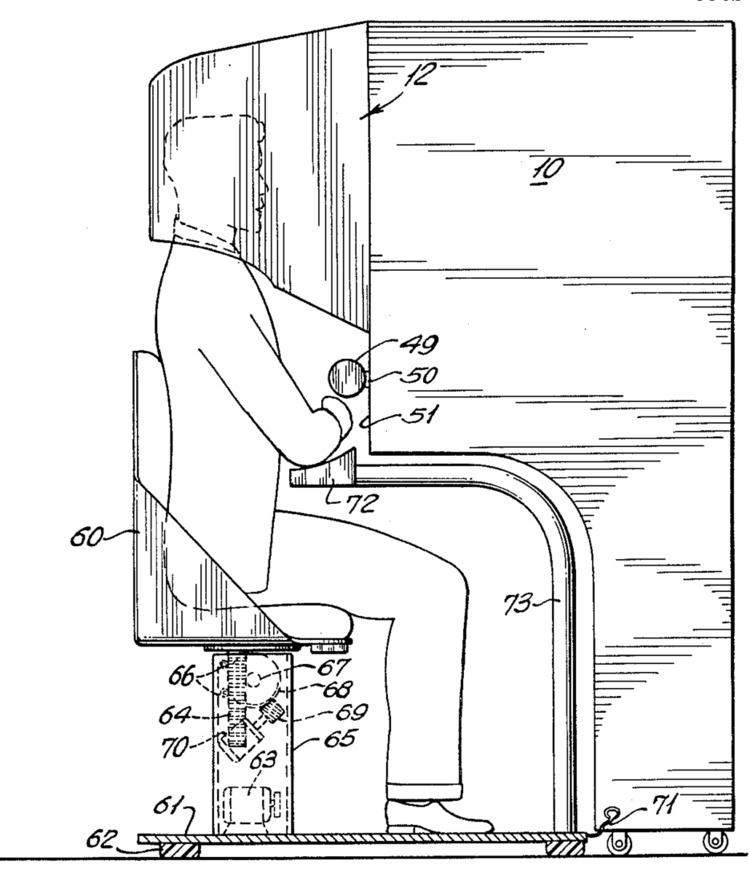 | ||
The Sensorama was a machine that is one of the earliest known examples of immersive, multi-sensory (now known as multimodal) technology. Morton Heilig, who today would be thought of as a "multimedia" specialist, in the 1950s saw theater as an activity that could encompass all the senses in an effective manner, thus drawing the viewer into the onscreen activity. He dubbed it "Experience Theater", and detailed his vision of multi-sensory theater in his 1955 paper entitled "The Cinema of the Future" (Robinett 1994). In 1962 he built a prototype of his vision, dubbed the Sensorama, along with five short films for it to display. The Sensorama was a mechanical device, which still functions today.
Howard Rheingold (in his 1991 book Virtual Reality) spoke of his trial of the Sensorama using a short film piece that detailed a bicycle ride through Brooklyn, created in the 1950s, and still seemed quite impressed by what it could do more than 40 years later. The Sensorama was able to display stereoscopic 3-D images in a wide-angle view, provide body tilting, supply stereo sound, and also had tracks for wind and aromas to be triggered during the film. Oddly enough in hindsight, Heilig was simply unable to obtain financial backing for his visions and patents, and so the Sensorama work was halted.
